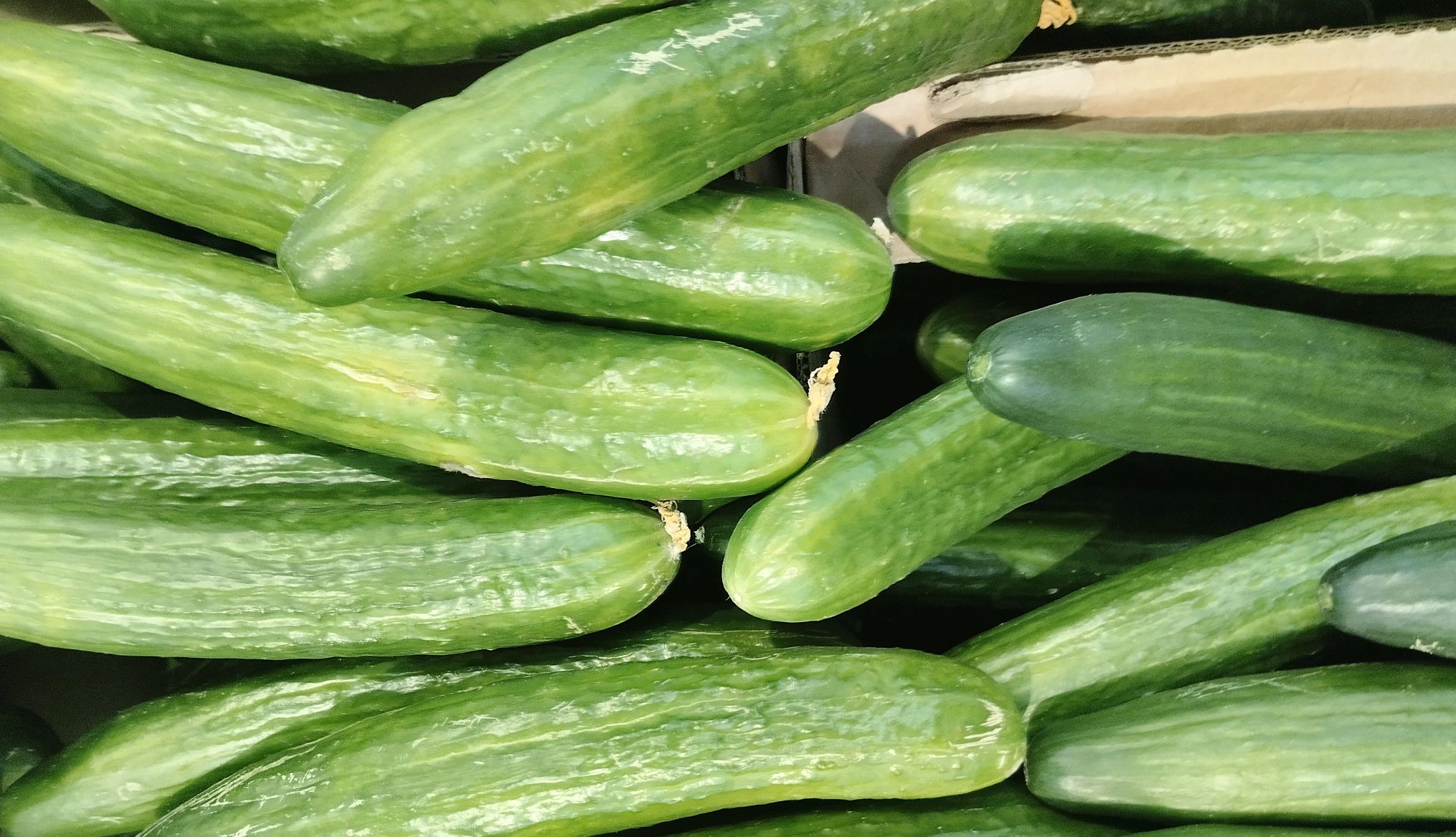AARP Hearing Center


A salmonella outbreak that has caused infections in at least 19 states has been traced to cucumbers grown in Sonora, Mexico, resulting in a recall of the produce, the Centers for Disease Control and Prevention announced.
At least 68 people have been infected, and 18 hospitalized, with this strain of salmonella between Oct. 12 and Nov. 16.
The infections have been reported in Alaska, California, Colorado, Iowa, Illinois, Massachusetts, Montana, Nebraska, New Jersey, New York, Ohio, Oregon, Pennsulvania, South Dakota, Texas, Utah, Washington, Wisconsin and Wyoming. Montana has the highest number of infections with 16 cases.
However, the outbreak may not be limited to the states with known illnesses, said the CDC. The actual number of sick people is likely much higher than the number reported because many people recover without medical care and are not tested for salmonella.
The recalled cucumbers
As a result of the outbreak, several brands recalled cucumbers sourced from the same farm:
- The initial company, SunFed, recalled all sizes of whole fresh cucumbers sold in bulk between Oct. 12 and Nov. 26.
- Pamela or Pam Pak branded whole fresh cucumbers sold between Oct. 12 and Nov. 26 were recalled.
- Russ Davis' Crazy Fresh brand products were recalled for containing the contaminated cucumbers: Crazy Fresh Garden Salad with Ranch Dressing, Quick & Easy Garden Salad with Ranch Dressing, Crazy Fresh Turkey Havarti Wrap, Quick & Easy Bacon Avocado Wrap, Crazy Fresh Bacon Avocado Wrap, and Kowalski’s Market Garden Salad.
The cucumbers were shipped to 35 states: Alaska, Arizona, Arkansas, California, Colorado, Connecticut, Florida, Idaho, Illinois, Indiana, Iowa, Kansas, Maryland, Massachusetts, Michigan, Minnesota, Missouri, Montana, Nebraska, Nevada, New Jersey, New York, North Carolina, North Dakota, Oklahoma, Oregon, Pennsylvania, South Dakota, Tennessee, Texas, Utah, Virginia, Washington, Wisconsin and Wyoming.
The Food and Drug Administration (FDA) warned that even if you don’t live in the affected states, you may have encountered the cucumbers through foodservice providers or retailers not listed above.
The cucumbers were sold as whole produce at retailers like Walmart, Costco, Target and Wegmans, and in vegetable and salad trays at Albertsons-Safeway, among others.































.jpg?crop=true&anchor=13,195&q=80&color=ffffffff&u=lywnjt&w=2008&h=1154)






























More From AARP
Product Recalls and Consumer Safety
The latest alerts impacting your health and homeHow Safe Is Our Food?
The truth behind all those recalls
25 Great Superfoods for Longevity
Delicious foods tied to lower risk of disease and death